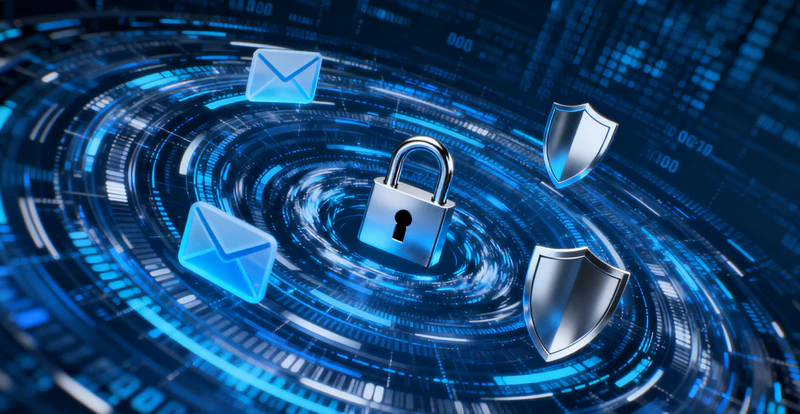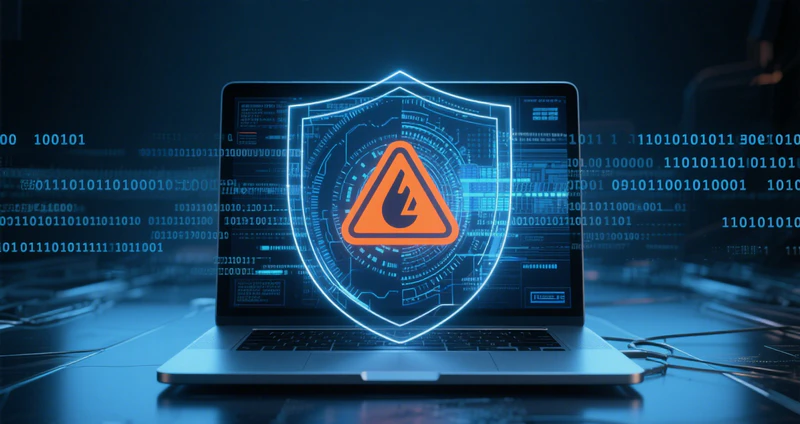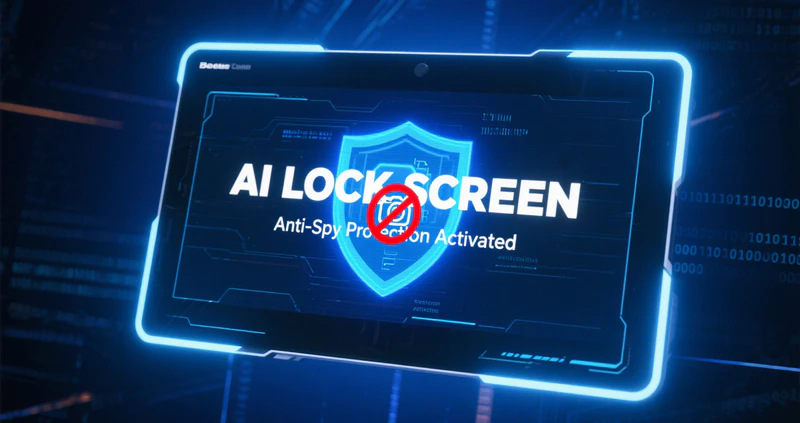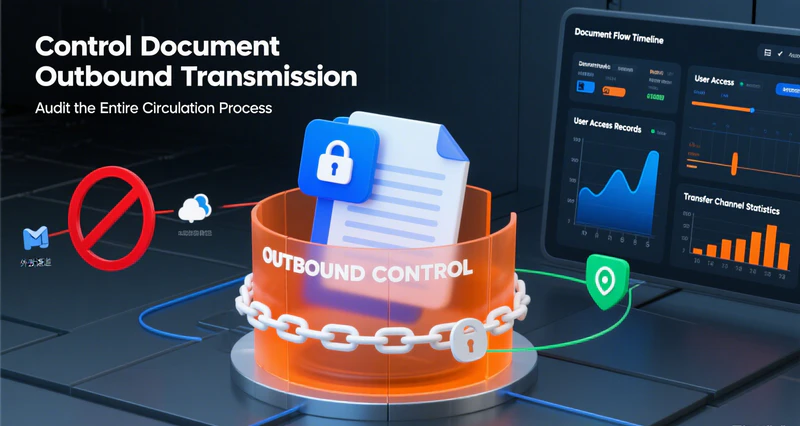- [email protected]
- 15 Scotts Road, #03-12, Singapore
Catch Confidential Leaks in 3 Seconds: AI Content Inspection + Screen Proof

In the digital workplace, email is the “artery” of corporate communication—and a high-risk channel for leaks. A single attachment containing a customer contract or a message about market strategy, whether misaddressed by mistake or exfiltrated with intent, can range from customer churn to legal disputes, ultimately harming the business.
Building a comprehensive email-governance system is now a mandatory question every company must answer—not an optional one.
Pain Points of Email Data Leaks: Hard to Prevent, Hard to Trace—Risks Hidden Behind “Convenience”
1. Multi-channel sending is hard to govern
Employees can send emails via desktop clients, webmail, or personal accounts, creating blind spots in corporate controls. Some employees deliberately use personal mailboxes to bypass inspection, making leaks harder to detect in time and missing the window for remediation.
2. Invisible content is hard to trace
Email content is not directly visible to traditional controls, making proactive sensitive-content detection difficult. An employee might accidentally send “Confidential” R&D data to an external party or reveal key customer information in the body. Without solid evidence afterward, accountability is difficult to establish and losses can escalate.
AnySecura Email Control: A “Prevent–Block–Record–Audit” Security Loop Built on Four Core Capabilities
1. Granular, multi-dimensional send control: cut off leak paths at the source
AnySecura breaks through the limits of legacy controls with fine-grained policies across people–content–channels: require employees to send only from approved corporate mailboxes and block personal-email exfiltration; enforce rules by recipient, sender, subject, attachment name, and message size to intercept non-compliant emails; and mandate CC to supervisors for key departments to strengthen oversight.
Example: A large enterprise enforces a policy that all messages must use the corporate mailbox, personal accounts are prohibited, attachments are disallowed, and outbound messages must be copied to a manager—reducing leak risk at the source.
2. Intelligent sensitive-content detection: stop core secrets from leaving
Beyond simple keyword matching, AnySecura’s Sensitive Content Inspection detects both the email body and attachments. Whether it’s patent details in Word, customer data in Excel, or financial reports in PDF, the system checks against the organization’s predefined sensitive libraries at the moment of sending.
If sensitive content is detected, sending is immediately blocked and an alert is pushed to administrators.
3. Real-time screen capture: visual evidence for end-to-end traceability
For critical roles (e.g., Finance, R&D), AnySecura can link email events with Screen Monitoring via a “send-triggered capture” policy. When a user initiates sending in the mail client, the system automatically captures screen snapshots to preserve the on-screen context—eliminating gaps such as “I didn’t do that” or fuzzy records during audits.
Example: In a financial firm where traders send many emails involving client funds and investment strategies, screen-record policies allow administrators to later review the sending context visually, improving audit accuracy and efficiency.
4. Tamper-proof email auditing: build an immutable evidentiary record
AnySecura doesn’t just prevent leaks; it also preserves evidence—logging subjects, senders, recipients, and attachment content to form immutable audit trails. Administrators can filter by department, time, and attachment presence to quickly surface anomalies (e.g., frequent messages to the same external address), then pull the email content and related captures to support full-cycle incident pinpointing → accountability → post-mortem review.
Example: A multinational discovered via audit logs that a marketing employee sent “customer lists” and “sales strategies” to a personal account repeatedly in the three days before resignation. Email backups and screen captures confirmed malicious exfiltration, enabling swift mailbox suspension and accountability—and preventing loss of customer assets.
Make Email a “Communication Asset,” Not a “Leak Vector”
In an era of frequent data-exposure incidents, email control is not optional—it is a frontline defense for core assets. With its integrated approach—multi-dimensional send control + intelligent sensitive-content detection + screen capture on send + comprehensive auditing—AnySecura addresses the traditional shortcomings of “hard to prevent, hard to trace,” while offering scenario-rich policies tailored to different industries. The result: email that truly serves efficient communication—without becoming a channel for confidential leaks.





